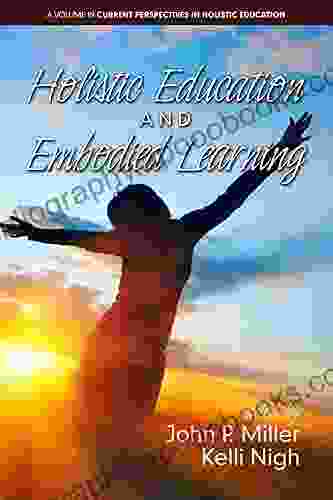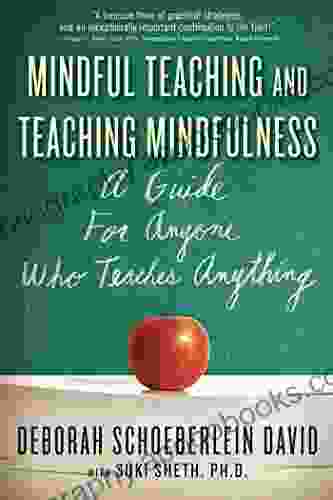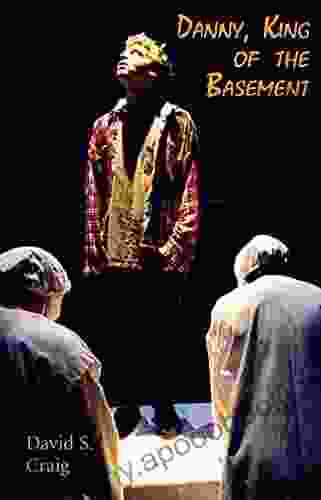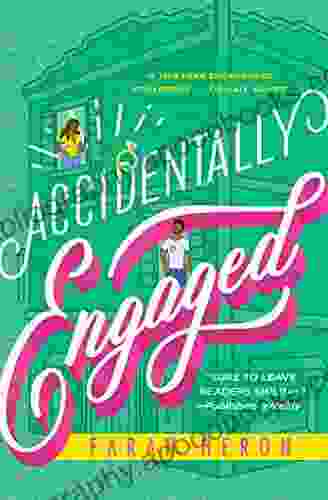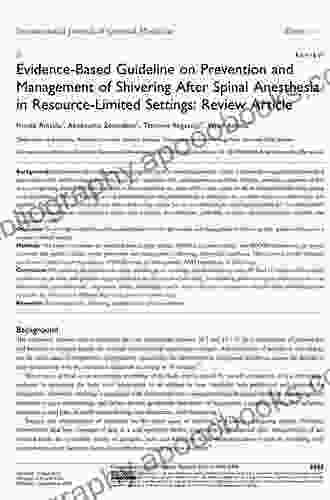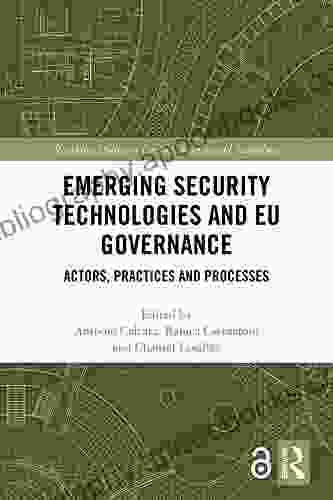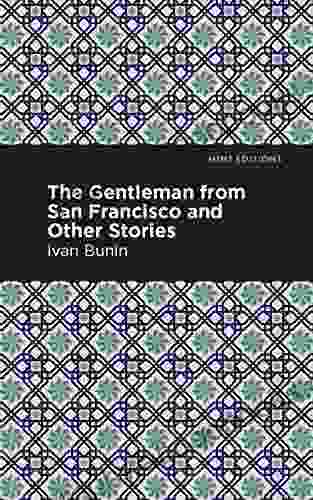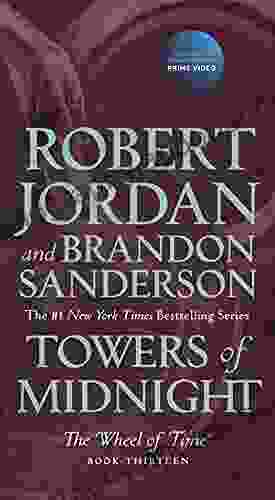Holistic Education and Embodied Learning: Current Perspectives

Holistic education is an approach to education that emphasizes the development of the whole person, including their physical, intellectual, emotional, and spiritual dimensions. Embodied learning is a type of holistic education that emphasizes the importance of the body in learning. This approach recognizes that the body is not just a vessel for the mind, but is an integral part of the learning process.
5 out of 5
| Language | : | English |
| File size | : | 757 KB |
| Text-to-Speech | : | Enabled |
| Enhanced typesetting | : | Enabled |
| Word Wise | : | Enabled |
| Print length | : | 366 pages |
| Screen Reader | : | Supported |
| Hardcover | : | 180 pages |
| Item Weight | : | 1.05 pounds |
| Dimensions | : | 6.5 x 0.75 x 9.75 inches |
This book provides a comprehensive overview of the current state of holistic education and embodied learning. It explores the theoretical foundations, pedagogical approaches, and practical applications of these approaches in various educational contexts.
Theoretical Foundations
The theoretical foundations of holistic education and embodied learning draw on a variety of disciplines, including philosophy, psychology, and neuroscience. These disciplines provide insights into the nature of the human person and the learning process.
Philosophical perspectives on holistic education emphasize the importance of the whole person. These perspectives argue that education should not be limited to the development of the intellect, but should also include the development of the emotions, the body, and the spirit.
Psychological perspectives on holistic education focus on the role of the body in learning. These perspectives argue that the body is not just a passive recipient of information, but is an active participant in the learning process. The body provides us with experiences, sensations, and emotions that are essential for learning.
Neuroscience research has provided evidence for the importance of the body in learning. This research has shown that the brain is not a separate entity from the body, but is intimately connected to it. The body influences the brain's development and function, and the brain influences the body's movements and sensations.
Pedagogical Approaches
There are a variety of pedagogical approaches that can be used to implement holistic education and embodied learning. These approaches emphasize the importance of experiential learning, active learning, and reflective practice.
Experiential learning is a type of learning that involves direct experience. This type of learning can take place in a variety of settings, such as the classroom, the outdoors, or the community. Experiential learning allows students to learn by ng, and it helps them to develop a deep understanding of the subject matter.
Active learning is a type of learning that requires students to be actively engaged in the learning process. This type of learning can take place through a variety of activities, such as discussion, debate, role-playing, and problem-solving. Active learning helps students to develop critical thinking skills, problem-solving skills, and communication skills.
Reflective practice is a type of learning that involves reflecting on one's own experiences. This type of learning can help students to make meaning of their experiences and to develop their own unique perspectives. Reflective practice can be done through a variety of activities, such as journaling, writing, and discussion.
Practical Applications
Holistic education and embodied learning can be applied in a variety of educational contexts. These approaches have been used in early childhood education, elementary education, secondary education, and higher education.
In early childhood education, holistic education and embodied learning can help children to develop their physical, intellectual, emotional, and social skills. These approaches can be used to create a learning environment that is supportive and nurturing, and that allows children to learn at their own pace.
In elementary education, holistic education and embodied learning can help students to develop their academic skills while also developing their social and emotional skills. These approaches can be used to create a learning environment that is engaging and motivating, and that helps students to become lifelong learners.
In secondary education, holistic education and embodied learning can help students to prepare for college and beyond. These approaches can be used to create a learning environment that is challenging and supportive, and that helps students to develop the critical thinking skills, problem-solving skills, and communication skills that they need to succeed in college and in the workplace.
In higher education, holistic education and embodied learning can help students to develop their intellectual, emotional, and spiritual dimensions. These approaches can be used to create a learning environment that is challenging and supportive, and that helps students to become lifelong learners.
Holistic education and embodied learning are promising approaches to education that offer a number of benefits for students. These approaches can help students to develop their physical, intellectual, emotional, and spiritual dimensions. They can also help students to become lifelong learners who are prepared for success in college, in the workplace, and in life.
This book provides a comprehensive overview of the current state of holistic education and embodied learning. It is an essential resource for educators who are interested in learning more about these approaches and implementing them in their own classrooms.
5 out of 5
| Language | : | English |
| File size | : | 757 KB |
| Text-to-Speech | : | Enabled |
| Enhanced typesetting | : | Enabled |
| Word Wise | : | Enabled |
| Print length | : | 366 pages |
| Screen Reader | : | Supported |
| Hardcover | : | 180 pages |
| Item Weight | : | 1.05 pounds |
| Dimensions | : | 6.5 x 0.75 x 9.75 inches |
Do you want to contribute by writing guest posts on this blog?
Please contact us and send us a resume of previous articles that you have written.
 Book
Book Novel
Novel Page
Page Chapter
Chapter Text
Text Story
Story Genre
Genre Reader
Reader Library
Library Paperback
Paperback E-book
E-book Magazine
Magazine Newspaper
Newspaper Paragraph
Paragraph Sentence
Sentence Bookmark
Bookmark Shelf
Shelf Glossary
Glossary Bibliography
Bibliography Foreword
Foreword Preface
Preface Synopsis
Synopsis Annotation
Annotation Footnote
Footnote Manuscript
Manuscript Scroll
Scroll Codex
Codex Tome
Tome Bestseller
Bestseller Classics
Classics Library card
Library card Narrative
Narrative Biography
Biography Autobiography
Autobiography Memoir
Memoir Reference
Reference Encyclopedia
Encyclopedia Gilda L Ochoa
Gilda L Ochoa Michael Hollinsworth
Michael Hollinsworth Fiona Benson
Fiona Benson Jason Troyer Phd
Jason Troyer Phd Roberto Calas
Roberto Calas Nellie Moyo
Nellie Moyo Philip Hobsbaum
Philip Hobsbaum Kyle Campbell Miller
Kyle Campbell Miller Amanda Vanderbroek
Amanda Vanderbroek R H Sin
R H Sin Ian Hornett
Ian Hornett Kim Marshall
Kim Marshall Farah Heron
Farah Heron David Sheerin
David Sheerin David Ricardo
David Ricardo Diana Neebe
Diana Neebe Deborah Grace White
Deborah Grace White Deborah R Gilbert
Deborah R Gilbert Jane Ellen Freeman
Jane Ellen Freeman Rebecca C Schmidt
Rebecca C Schmidt
Light bulbAdvertise smarter! Our strategic ad space ensures maximum exposure. Reserve your spot today!
 Jay SimmonsFollow ·2.3k
Jay SimmonsFollow ·2.3k Glen PowellFollow ·19.9k
Glen PowellFollow ·19.9k Geoffrey BlairFollow ·14.2k
Geoffrey BlairFollow ·14.2k Brady MitchellFollow ·9.7k
Brady MitchellFollow ·9.7k Rudyard KiplingFollow ·16.6k
Rudyard KiplingFollow ·16.6k Lord ByronFollow ·10.7k
Lord ByronFollow ·10.7k Anthony WellsFollow ·12.2k
Anthony WellsFollow ·12.2k Chinua AchebeFollow ·19.8k
Chinua AchebeFollow ·19.8k
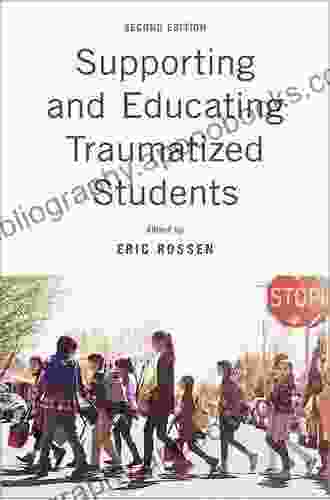
 Finn Cox
Finn CoxEmpowering School-Based Professionals: A Comprehensive...
: The Role of School-Based Professionals in...

 F. Scott Fitzgerald
F. Scott FitzgeraldThe Santa Fe Trail Twentieth Century Excursion: A...
Get ready to embark on an...
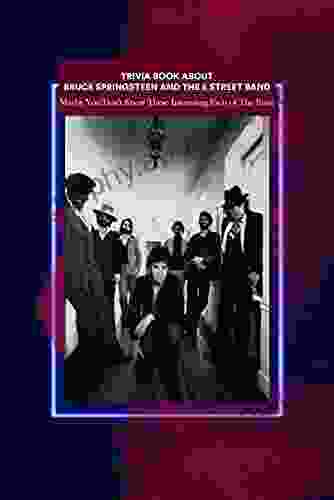
 Kendall Ward
Kendall WardThe Ultimate Trivia Guide to Bruce Springsteen and the...
Bruce Springsteen...
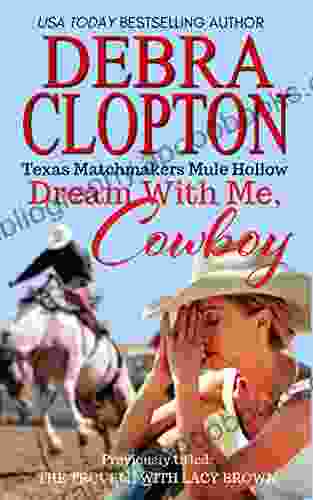
 Jedidiah Hayes
Jedidiah HayesThe Trouble with Lacy Brown: Texas Matchmakers - A...
Prepare to be swept...
5 out of 5
| Language | : | English |
| File size | : | 757 KB |
| Text-to-Speech | : | Enabled |
| Enhanced typesetting | : | Enabled |
| Word Wise | : | Enabled |
| Print length | : | 366 pages |
| Screen Reader | : | Supported |
| Hardcover | : | 180 pages |
| Item Weight | : | 1.05 pounds |
| Dimensions | : | 6.5 x 0.75 x 9.75 inches |


